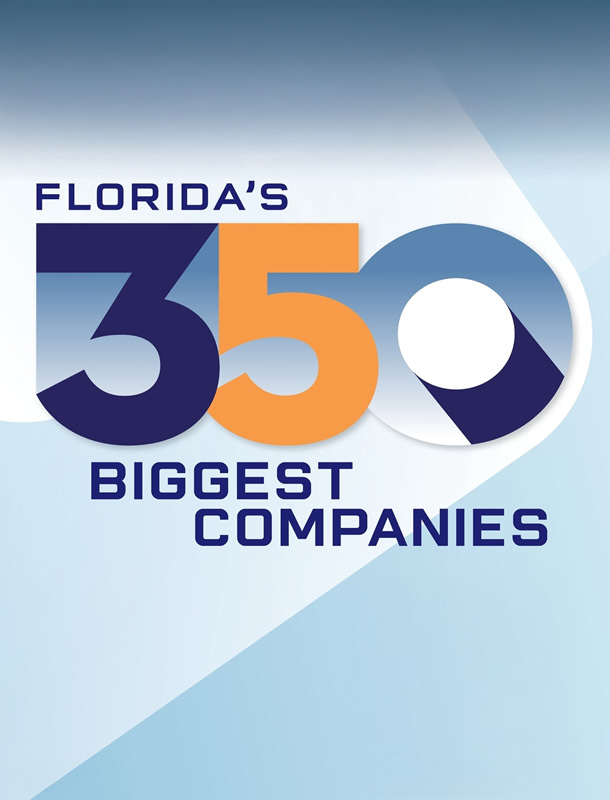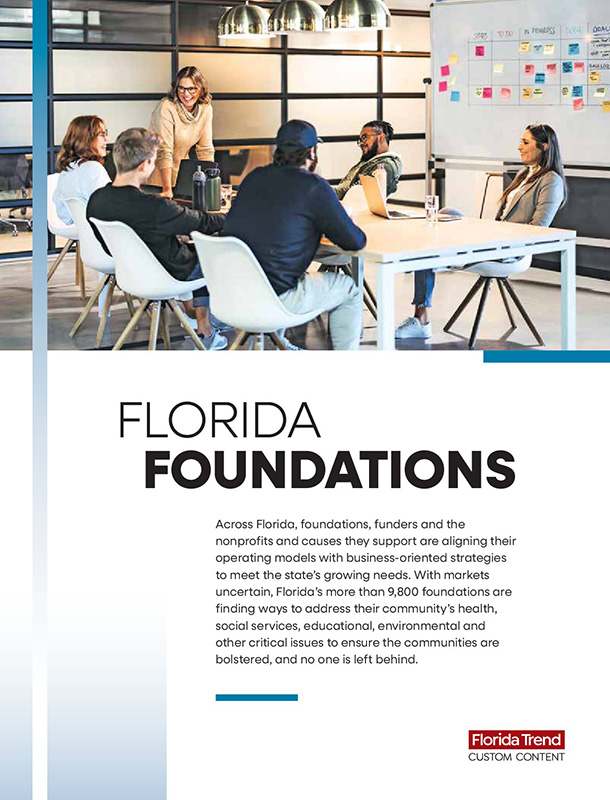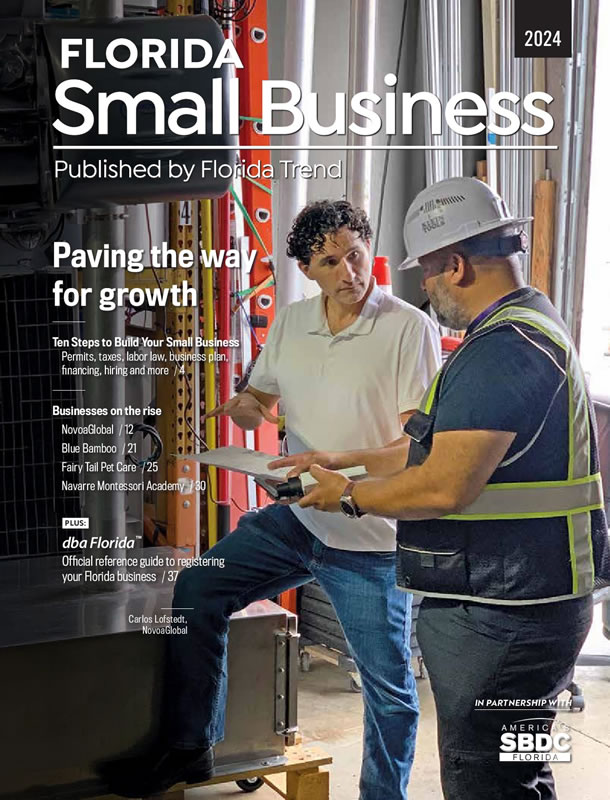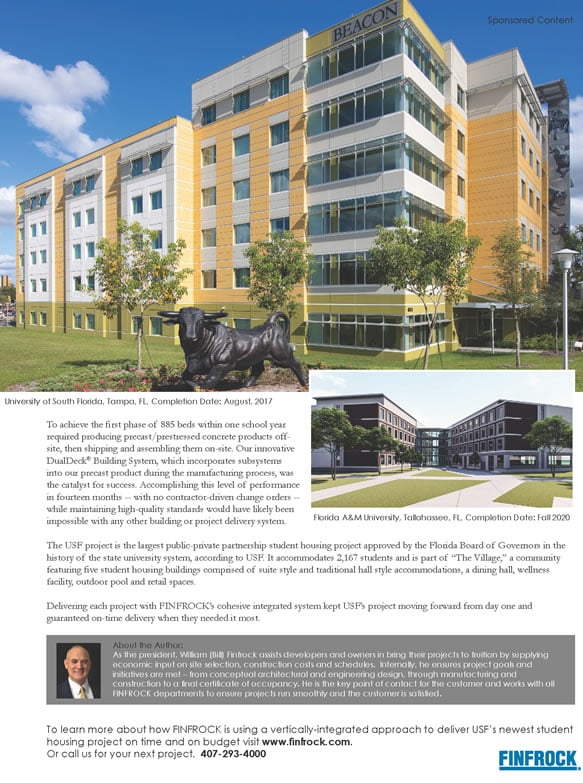In recent years, however, the Internet has made electronic coupons at grocery checkout counters seem a little old-fashioned -- at least in the minds of consumers. So after a false start in the mid-1990s, Catalina has jumped onto the Internet bandwagon with a vengeance. Without the hype of a celebrity spokesperson or an expensive ad campaign ? la the now-defunct Priceline.com grocery service, Catalina is getting a million hits a week on its ValuPage, designed as a one-stop-shopping site for manufacturer-sponsored discount offers.
Catalina has built its core business with an electronic supermarket system that prints and distributes coupons at the point of sale. The system, now installed in more than 13,500 stores in the U.S. and 2,500 in the United Kingdom, France and Japan, works in conjunction with the price-scanning equipment installed in most grocery stores. When a grocery clerk scans the universal product code (UPC) printed on a container of Kellogg's Nutri-Grain bars, for example, the machine can issue a coupon for an Entenmann's cereal bar on the spot, enabling one manufacturer to instantly counterattack another manufacturer with a competitive coupon.
Catalina makes its money from fees charged to manufacturers such as Kraft Foods, RJR Nabisco and Clairol based on the number of coupons distributed on their behalf. It's been very lucrative. The company posted earnings of $51.3 million during its most recent fiscal year. Stockholders also have profited. Catalina's stock has more than quadrupled in the past five years and as of mid-November was near its 52-week high.
In the mid-1990s, Catalina began exploring how to use the Internet to distribute coupons. Its first venture consisted of simple online coupons that could be printed on a home printer. But the project fizzled after some crooked consumers figured out how to make a 40-cent coupon look like a $4.00 coupon.
Click and save
Catalina rethought the Internet opportunity and two years ago set up SuperMarkets Online, a subsidiary that developed ValuPage. Instead of printing coupons, ValuPage uses a bar code system. "It's a very secure system. You clearly can't manipulate the value," says Sue Klug, president of Catalina Marketing Solutions and head of SuperMarkets Online.
Here's how it works: A consumer goes to the ValuPage website (www.valupage.com), enters a ZIP code and selects a participating grocery store. (In Florida, Winn-Dixie, Kash n' Karry and Food Lion participate.) That selection brings up a list of name-brand products and savings amounts -- 35 cents on Kraft Mayo, 75 cents on Pace Flavored Salsa, $2.00 on Duracell batteries, etc. -- that can add up to $40 to $60 a week in savings. The shopper checks off the products he or she plans to purchase and clicks to generate a ValuPage with a unique bar code and a list of the product picks. At the grocery store, the shopper gives the bar code to the grocery checker at the end of the checkout process. When the checker scans the ValuPage bar code, it triggers WebBucks, savings coupons that can be used on any item on a subsequent visit to the same grocery chain.
The Priceline grocery service failed in large part because grocery manufacturers wouldn't subsidize the cut-rate prices. SuperMarkets Online, on the other hand, is operating with the cooperation of more than 75 manufacturers, who pay a fee for each WebBuck distributed.
Catalina, which says its focus is "one-to-one communication on a mass scale," is just starting to integrate its traditional checkout coupon operation with ValuPage. The vehicle for tying the two together is the "frequent shopper program" -- the savings card system used by about 50% of the grocery stores where Catalina operates. Frequent-shopper card customers, who give their name, address and other information when signing up for the card, enter their card number on the ValuPage website. That card number will allow ValuPage to look at the customer's buying patterns (as tracked by the card) and generate specific coupon offers for that shopper. Sound scary? Klug says that SuperMarkets Online is very concerned about privacy and doesn't track names and addresses.
So far, the Catalina Internet venture appears to have produced only a fraction of the revenue generated by the rest of the company, which also includes Health Resource Network pharmacy newsletters. According to a St. Petersburg Times story last year, SuperMarkets Online generated $7 million in revenue during its latest fiscal year. Klug, who declines to release sales figures, says, "We are seeing revenue growth year over year." She adds that the venture is not yet profitable but is on plan.
Will Internet coupons ever replace checkout coupons or traditional paper coupons? Probably not -- at least in their present form. But Catalina is working on a number of other Internet projects that use wireless devices for targeted messages and discount offers. Of the Internet ventures, Klug says, "I think there is tons of upside."












